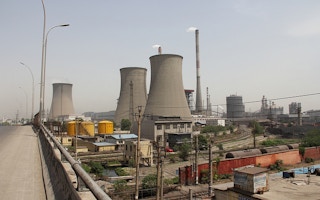China’s cabinet on Wednesday called for all-out efforts to meet overcapacity reduction targets in the steel and coal industries.
The market mechanism should be used to advance the capacity cut, which is a major task of the country’s supply-side structural reform drive, according to a statement released after a State Council executive meeting presided over by Premier Li Keqiang.
China aims to pare steel production capacity by 45 million tonnes and shave off coal capacity by over 250 million tonnes in 2016.
Companies with excessive capacity should be offered support when carrying out restructuring, and those producing substandard products or failing to meet environmental and energy-saving requirements should be shut down, according to Wednesday’s statement.
Differential water and electricity prices and credit policies should be rolled out to force firms to address outdated capacity.
China is the world’s largest producer and consumer of steel and coal. The two industries have long been plagued by overcapacity and felt the pinch even more in the past two years as the economy cooled and demand has fallen.
In the first half of this year, China only accomplished about 30 per cent of this year’s reduction targets for the steel and coal sectors, according to officials.
The State Council also called for faster implementation of major projects and more involvement of private investment to stabilise growth.
Banks should lend more to small and micro businesses to create more jobs and can not arbitrarily withdraw or delay their loans, it said.
In addition, the cabinet noted that the tax burden on financial industries should not be increased after an expansion of a reform to replace business tax with value-added tax.
This story was published with permission from China.org.cn.

















